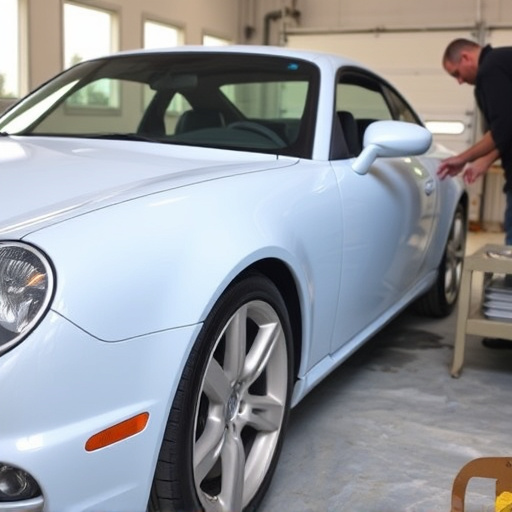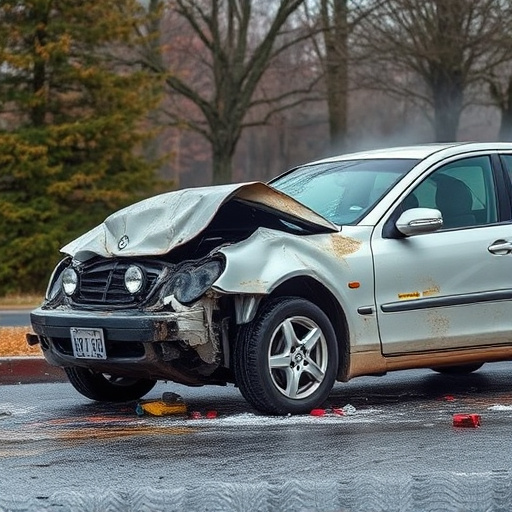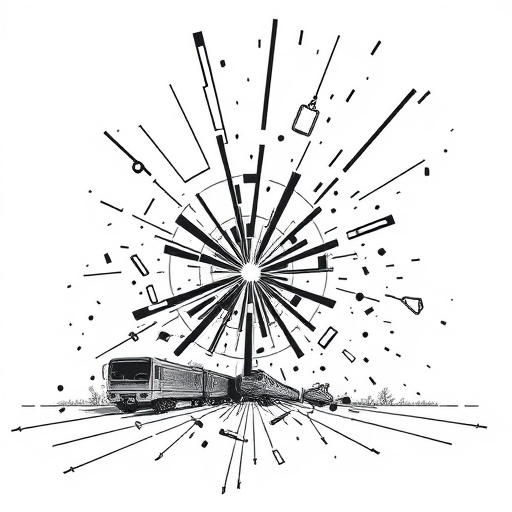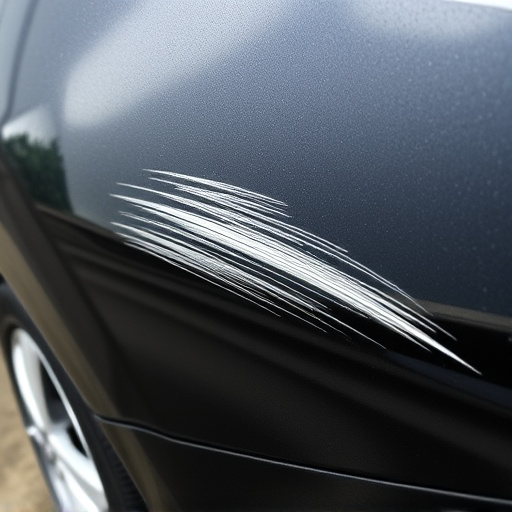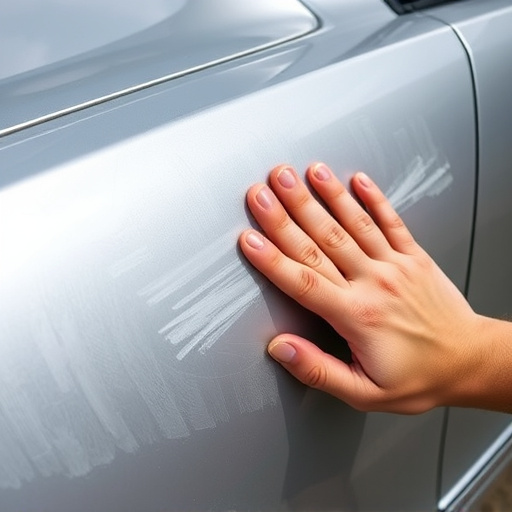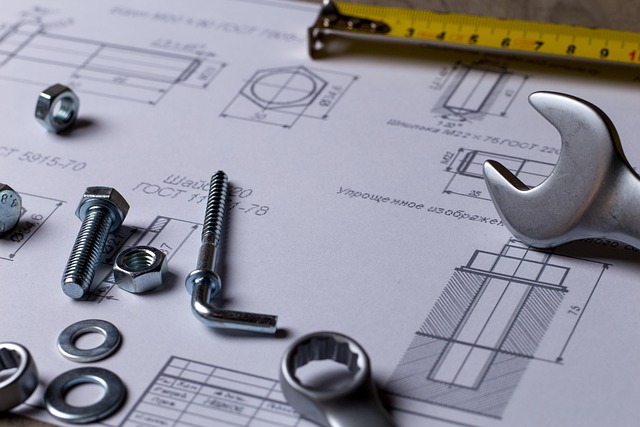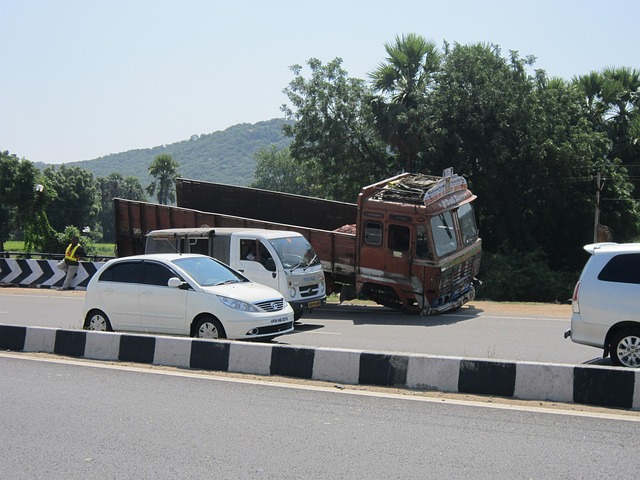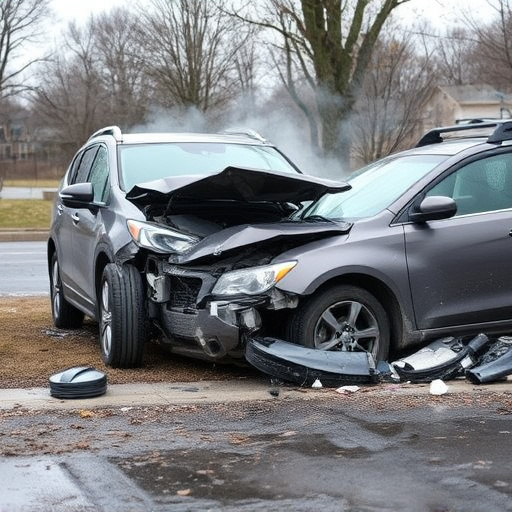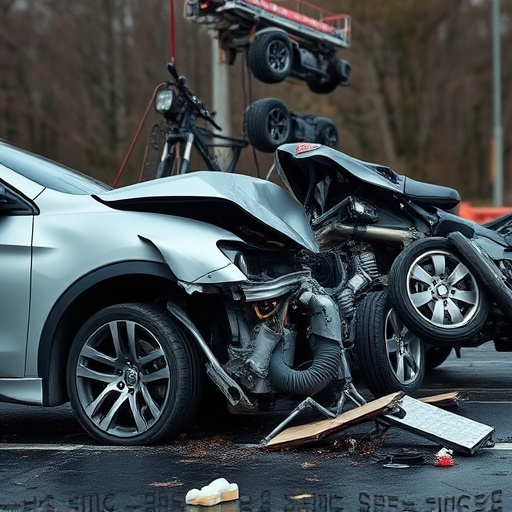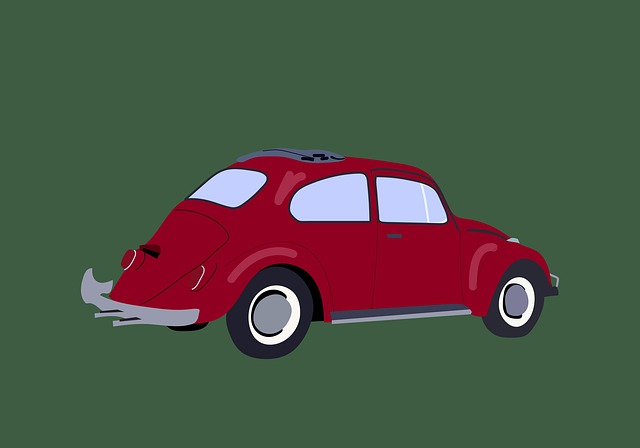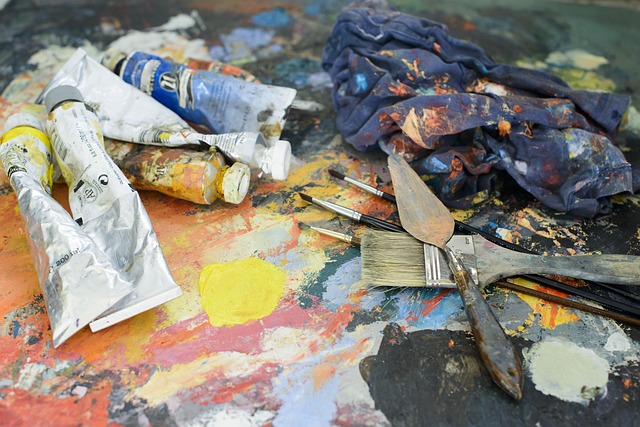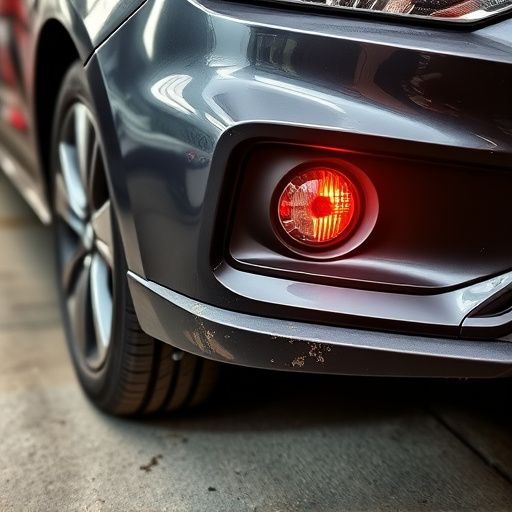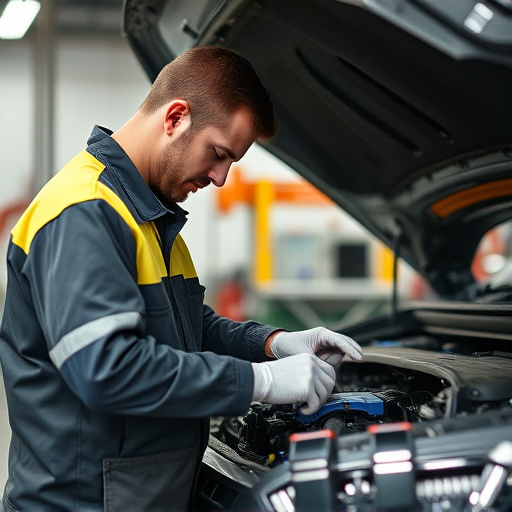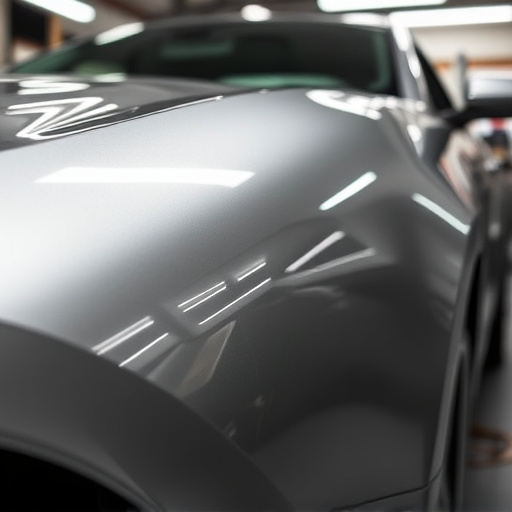Plastic bumper covers require repair for nicks, cracks, chips from environmental damage or minor accidents. Options range from DIY kits for simple fixes to professional services offering tailored solutions for aesthetics and structural integrity. Repair methods depend on severity: epoxy or plastic weld for minor issues, replacement sections for significant breaks, and specialized techniques for luxury vehicles. The goal is seamless finish, restoring vehicle's aesthetic appeal through effective plastic bumper cover repair strategies.
Plastic bumper covers, a staple in modern vehicles, are vulnerable to various damage types. This article delves into the common scuffs, scratches, cracks, and breaks that can mar these components, offering tailored solutions for each. Understanding the nuances of plastic bumper cover repair is essential for both DIY enthusiasts and professionals, as it not only enhances aesthetics but also preserves the vehicle’s value. By exploring effective strategies, you’ll gain valuable insights into restoring your car’s protective barrier to its original condition.
- Understanding Plastic Bumper Cover Damage
- Scuffs and Scratches: Common Yet Fixable
- Cracks and Breaks: Repair Strategies
Understanding Plastic Bumper Cover Damage

Plastic bumper covers are a common feature on many modern vehicles, designed to protect the front and rear ends from minor impacts and dings. However, like any exterior component, they are susceptible to various forms of damage over time. Understanding the types of damage that can occur is essential for vehicle owners looking into plastic bumper cover repair services.
The most prevalent issues include nicks, cracks, and chips caused by bird droppings, tree sap, or minor collisions with curbs or other objects. Vehicle dent repair might be necessary for deeper dents, while car scratch repair techniques can restore the bumper’s finish in cases of superficial scratches. In more severe scenarios, where the plastic has cracked extensively, professional vehicle body repair may be required to replace the entire cover. Proper identification and assessment of the damage is crucial before proceeding with any repair method, ensuring that the restoration process effectively addresses the issue without causing further compromise to the bumper’s structural integrity.
Scuffs and Scratches: Common Yet Fixable
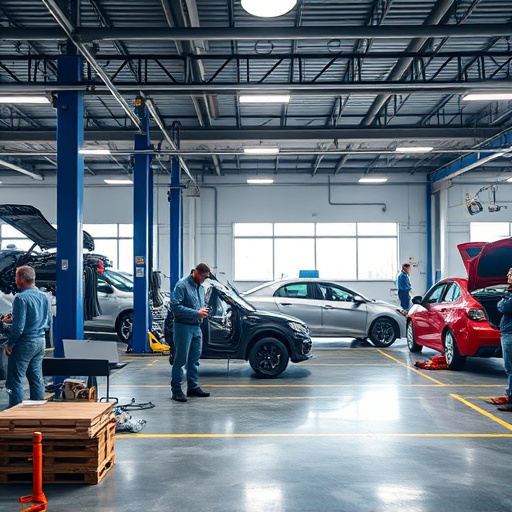
Scuffs and scratches are among the most common types of damage that befall vehicle exteriors, including plastic bumper covers. These imperfections can range from minor scrabs to deep gouges, but fortunately, they’re also some of the easiest forms of damage to repair. Whether it’s a simple scratch or a more extensive scuff, professional auto body repair services, particularly those specializing in plastic bumper cover repair, have the tools and expertise to restore your vehicle’s curb appeal.
Many vehicle owners attempt to address light scuffs and scratches on their own using over-the-counter kits. While these can offer temporary solutions, they may not blend seamlessly with the existing finish or provide long-lasting results. A visit to a reputable auto body shop for plastic bumper cover repair ensures that the damage is accurately assessed, and a tailored solution is implemented. This not only enhances aesthetics but also prevents further deterioration of the bumper cover.
Cracks and Breaks: Repair Strategies

Cracks and breaks are common issues that can mar the appearance and integrity of plastic bumper covers. Fortunately, these issues can be effectively addressed through various repair strategies tailored to the extent of damage. For minor cracks, a simple application of high-quality epoxy or plastic weld may suffice. This process involves carefully filling the crack with the chosen material and smoothing it for a seamless finish.
For more significant breaks or complex cracks, a more extensive autobody repairs approach might be required. This could involve replacing the damaged section with a new one, a process often seen in automotive collision repair shops. The old bumper cover piece is carefully removed, and a new, identical part is installed, ensuring a flawless fit and restoring the vehicle’s aesthetic appeal. In some cases, especially with luxury vehicles, custom repairs using specialized techniques may be employed to match the original finish precisely.
Plastic bumper covers, despite their durability, are prone to various damages. Scuffs and scratches, while common, can be easily repaired at home or by professional auto body shops using simple tools and materials. For more severe cracks and breaks, multiple repair strategies exist, including bonding, welding, and replacement. Regular maintenance and prompt attention to minor issues can significantly extend the lifespan of your vehicle’s plastic bumper cover, ensuring it remains a reliable and aesthetically pleasing protection for years to come. When considering plastic bumper cover repair, do your research to choose the most suitable method for your damage type, enhancing your vehicle’s overall appearance and value.
